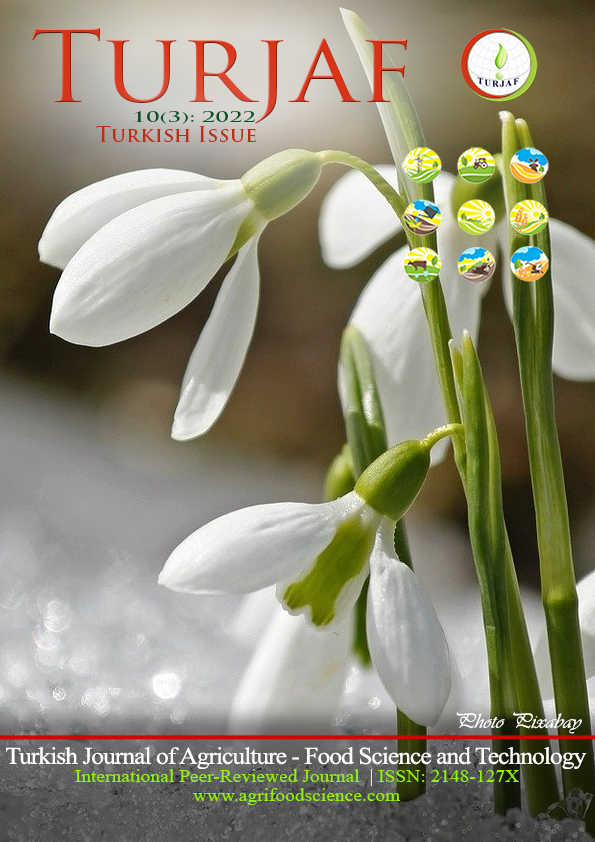Silymarin Protects Kidneys from Paclitaxel-Induced Nephrotoxicity
DOI:
https://doi.org/10.24925/turjaf.v10i3.452-458.5119Keywords:
Silymarin, Paclitaxel, Kidney, Nephrotoxicity, HistopathologyAbstract
The effects of drugs used in cancer treatment are not only specific to cancer cells but also negatively affect healthy cells. This study, it was aimed to investigate the protective effects of silymarin (SLY), which stands out with its antioxidant effects, against the possible harmful effects of paclitaxel (PAX), an anticancer drug, on kidney tissue. A total of 28 Sprague-Dawley female rats were randomly selected into four groups (n=7): Control, PAX, SLY, and PAX + SLY. PAX was administered 2 mg/kg to the PAX group by intraperitoneally (i.p.); SLY was administered 100 mg/kg to the SLY group by oral gavage. Also, The PAX + SLY group was administered the same dose and route of PAX and SLY as the previous groups. In the biochemical analyzes performed in blood and kidney tissues taken from animals at the end of the experimental procedures, it was determined that PAX increased oxidative stress in kidney tissue and creatinine (Cr) and blood urea nitrogen (BUN) levels in serum. In the histopathological examinations of the kidney tissue, it was observed that PAX caused pathological changes such as renal corpuscle atrophy, damage to the brush border, vacuolar degeneration, and desquamation. The administration of SLY, a pharmacological agent with anti-inflammatory, anti-apoptotic, and antioxidant effects, largely prevented these pathological changes that occurred as a result of PAX use. The results obtained in the current study showed that SLY can be used as a protective agent against harmful effects on kidney tissue in treatments with PAX.Downloads
Published
16.03.2022
How to Cite
Gür, F. M., & Aktaş, İbrahim. (2022). Silymarin Protects Kidneys from Paclitaxel-Induced Nephrotoxicity. Turkish Journal of Agriculture - Food Science and Technology, 10(3), 452–458. https://doi.org/10.24925/turjaf.v10i3.452-458.5119
Issue
Section
Research Paper
License
This work is licensed under a Creative Commons Attribution-NonCommercial 4.0 International License.









